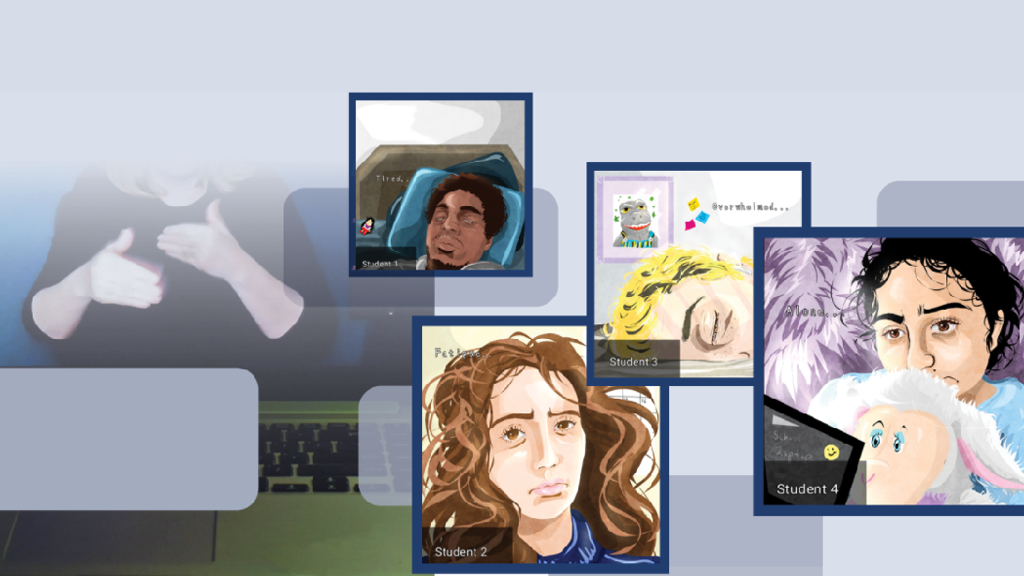Even as we move into the new semester, it seems that online interviews, classes and meetings are still going to be prevalent.
Lots of people have been feeling burnt out as a result of the repetitive use of these online meeting platforms.
This recent phenomenon is called “Zoom Fatigue,” named after the most popular video conferencing software used during the pandemic.
The Problem
Students have been feeling emotionally and physically exhausted, consistent eye strain and even body dysmorphia all because of the extended use of video conferencing.
This exhaustion has affected every student in different ways, but one group of people that have not been focused on in the mainstream media is the deaf and hard-of-hearing community.
Maameyaa Asiamah is a fourth third year Laboratory Science of Technology student who has just started using an interpreter for her classes.
“Interpreters and deaf or hard of hearing students have no connection over Zoom. Interpreters feel like [they’re] talking to themselves,” she said.
“Interpreters and deaf or hard of hearing students have no connection over Zoom. Interpreters feel like [they’re] talking to themselves.”
A major part of having any conversation, no matter what language it is in, is being able to read facial expressions and body language. This is especially true for ASL, where the body plays a crucial role in understanding what someone is saying.
How to Help
So what can professors, interpreters and students do to assist deaf or hard-of-hearing students with online learning?
First, make sure that when students have a question, it is heard and answered.
A lot of professors don’t mean to miss students’ questions, but it happens more frequently than most students would like.
“I have a hard time getting the interpreter's attention when I have questions or comments,” Asiamah said.
“I have a hard time getting the interpreter's attention when I have questions or comments.”
Make sure to speak up when a deaf or hard-of-hearing student has a question that goes unanswered, that way they do not fall behind with the material.
One thing that professors can do to make sure their students get all of the information from lectures is to pause while switching interpreters.
If both of the interpreters are in the middle of switching from signing to being on stand-by, the student does not know who to follow.
The best thing for professors to do when switching interpreters or captionists is to pause the lecture, make the switch and give a small pause to make sure the interpreters are ready before teaching.
We're All in This Together
Virtual learning has been a tough transition for everyone. This includes the students who are trying their best to focus and learn, the professors who are trying to move their lectures to an online format or the interpreters, captionists and translators who have to communicate critical information to someone who is otherwise unable to receive it.
It may sound cliché, but the most important thing to focus on right now is helping each other learn and grow through these unpredictable times.








